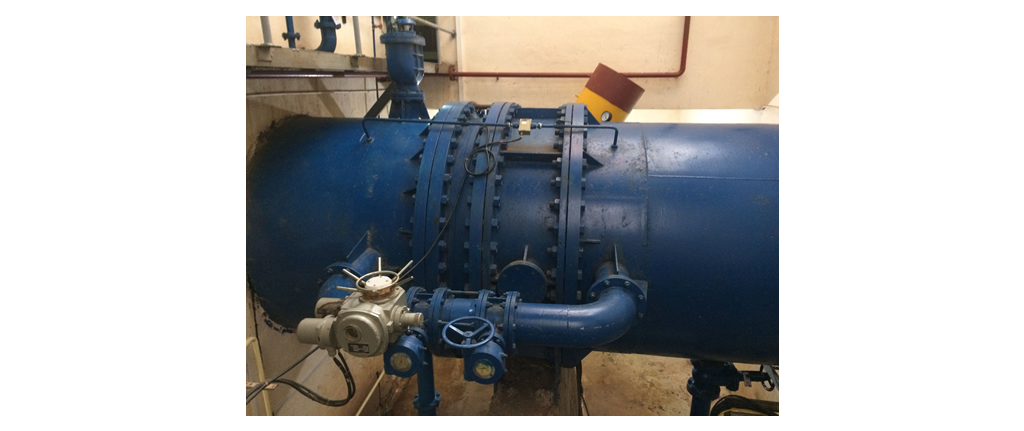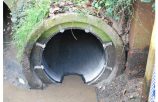Check Valves Used in Hydropower Station
 secureluokai
secureluokai
 March 9, 2018
March 9, 2018

Safely and accurately controlling and managing the flow of liquid through a system is critical to the safe and efficient operating of that system, and this is never truer than in hydropower stations. Hydropower requires that water is moved with a minimum of vibration, turbulence and disruption in order to maintain power creation and reduce wear and tear on piping and components. Check valves, whether manual or remotely actuated, are a critical component in these piping systems in order to stop, reduce, or increase the amount of fluid moving through a particular part of the piping system. While this kind of valve is controlled externally, valves that are operated internally, without exterior controls or mechanisms are check valves.
A check valve is a valve that is designed to rely on the flow of contents to open and close the valve in order to prevent backflow. The valve opens under the fluid pressure in one direction, but when the fluid flows in the reverse, the valve automatically closes and is held closed by the fluid. The purpose of check valves are to ensure that fluid flows only in one direction to prevent backflow, avoiding pump or motor reversing and leaks. Additionally, check valves can be used on backup supply lines to provide flow when the pressure in the main piping drops below a certain level.
There are two aspects to check valves by which they can be categorized: structure and connection. Structurally, there are lift check valves, swing check valves and butterfly check valves. Lift check valves use a spring-loaded piston or ball that operates perpendicularly to the pipe direction. They are well suited for high pressure, high velocity applications and can be used in both horizontal and vertical pipes if the flow is going up. Swing check valves operate parallel to the direction of the piping, with a swinging disc that is pressed open by fluid flowing one direction and closed in the other direction. The disc has no guidance in its movements and this can be less than ideal in certain circumstances. Butterfly check valves operate similarly to other butterfly valves and are usually used in conjunction with them. They tend to be quiet and good for HVAC systems and due to their simplicity can be constructed easily in large sizes.
Connection based, there are threaded valves, flanged valves and welded check valves. These simply describe the structure of the casing and how it is attached to neighboring pipes or components. As check valves, by their nature, are one-way devices, they usually have an indicator of intended flow, often an arrow, printed or embossed on them. It’s critical that these be installed in the direction of the flow.
It is also important to install the proper size of check valve, as it is likely that correct size is based on flow conditions, not line size. The flow conditions determine the state of it fully open or closed or partially opened, and the longest lifespan will be in a valve that spends the least amount of time partially open. Ensuring that standard operation includes flow pressure sufficient to keep the valve fully open is important to reducing wear on the part.
For more information on check valves, please contact Flowspec Luokai, we will do our best to provide you professional suggestions and quotes.


